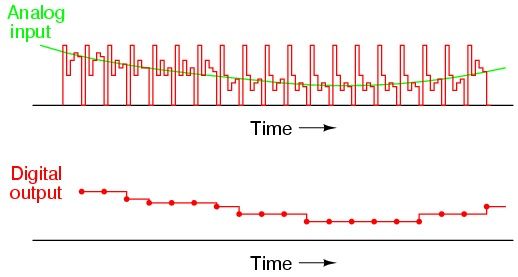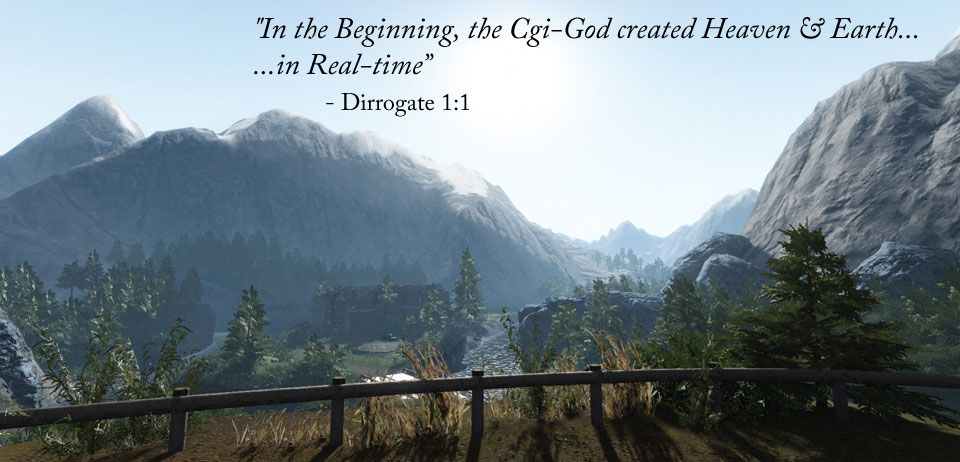Jun 17, 2013
Help Conquer Death with Grants & Research Funding from LongeCity!
Posted by Franco Cortese in categories: biological, finance, homo sapiens, life extension
LongeCity has been doing advocacy and research for indefinite life extension since 2002. With the Methuselah Foundation and the M-Prize’s rise in prominence and public popularity over the past few years, it is sometimes easy to forget the smaller-scale research initiatives implemented by other organizations.
LongeCity seeks to conquer the involuntary blight of death through advocacy and research. They award small grants to promising small-scale research initiatives focused on longevity. The time to be doing this is now, with the increasing popularity and public awareness of Citizen Science growing. The 2020 H+ Conference’s theme was The Rise of the Citizen Scientist. Open –Source and Bottom-Up organization have been hallmarks of the H+ and TechProg communities for a while now, and the rise of citizen science parallels this trend.
Anyone can have a great idea, and there are many low-hanging fruits that can provide immense value and reward to the field of life extension without necessitating large-scale research initiatives, expensive and highly-trained staff or costly laboratory equipment. These low-hanging fruit can provide just as much benefit as large scale ones – and, indeed, even have the potential to provide more benefit per unit of funding than large-scale ones. They don’t call them low-hanging fruit for nothing – they are, after all, potentially quite fruitful.

In the past LongeCity has raised funding by matching donations made by the community to fund a research project that used lasers to ablate (i.e. remove) cellular lipofuscin. LongeCity raised $8,000 dollars by the community which was then matched by up to $16,000 by SENS Founation. A video describing the process can be found here. In the end they raised over $18,000 towards this research! Recall that one of Aubrey’s strategies of SENS is to remove cellular lipofuscin via genetically engineered bacteria. Another small-scale research project funded by LongeCity involved mitochondrial uncoupling in nematodes. To see more about this research success, see here.
Continue reading “Help Conquer Death with Grants & Research Funding from LongeCity!” »












